The ocean’s dark depths are home to some of the most awe-inspiring and fearsome predators imaginable. While you might picture a sleek shark or a stealthy orca, the underwater food chain is full of creatures that are as fascinating as they are fear-inducing. Scientists, often unflappable, sometimes find themselves both intrigued and alarmed by these formidable hunters. Here are 13 ocean predators so terrifying, they might just haunt your dreams or at least make you think twice before that next swim.
1. Great White Shark
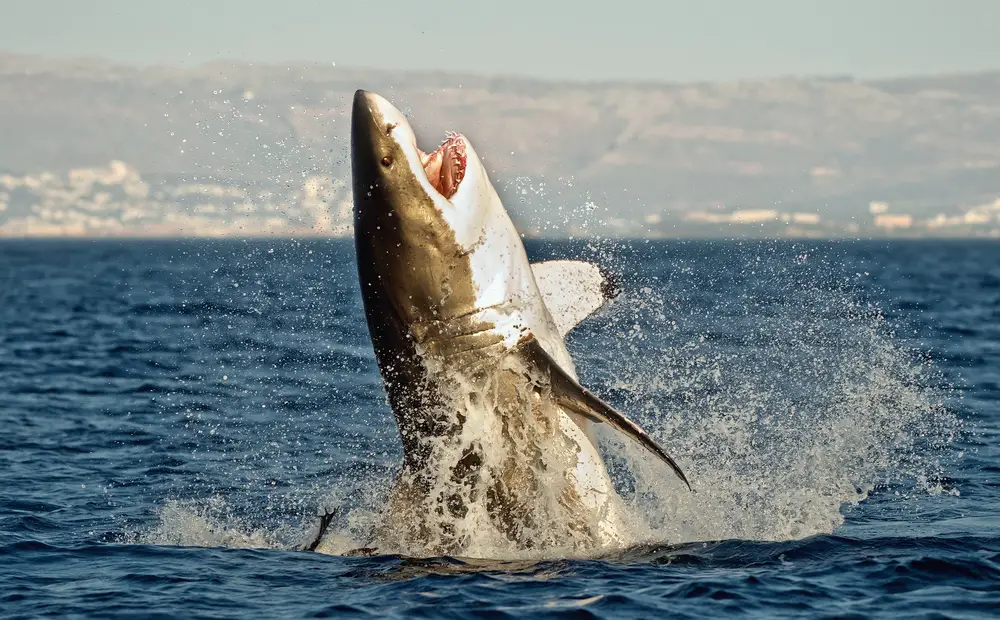
The great white shark is the undeniable superstar of ocean predators, and it’s easy to see why. With its rows of razor-sharp teeth and a powerful build capable of reaching speeds up to 25 miles per hour, it dominates the waters. You can’t talk about terror without mentioning its infamous role in “Jaws,” a film that still makes people hesitate before dipping a toe in the ocean. Yet, for all its fearsome reputation, this apex predator is critical to marine ecosystems, keeping populations of other species in check.
According to a study published in Marine Biology, great white sharks also exhibit highly complex social behaviors that scientists are just beginning to understand. This makes their study both a thrilling and daunting task, as researchers must balance the risk of close encounters with these misunderstood giants. The more we learn about them, the clearer it becomes that their ferocity is matched only by their importance to ocean health. In many ways, they’re the misunderstood heroes of the sea, albeit ones with a bite that commands respect.
2. Orca (Killer Whale)
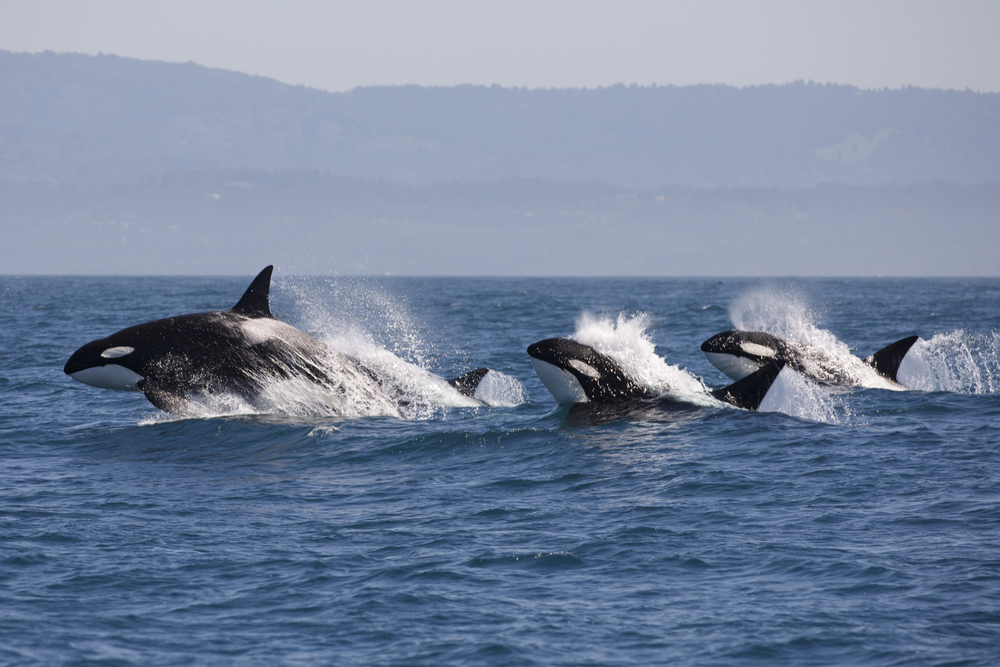
Orcas, also known as killer whales, can inspire awe and fear in equal measure. Known for their intelligence and complex social structures, these apex predators are capable of coordinated hunting strategies that rival human ingenuity. Watching an orca hunt is like witnessing a ballet of brutality; they can take down seals, dolphins, and even the occasional whale. With their striking black-and-white coloration and piercing eyes, their presence is both beautiful and chilling.
While they are indeed killers in the ocean, they’re far from mindless. Orcas have been observed teaching hunting techniques to younger pod members, showcasing an intelligence that can be unsettlingly human-like. As top predators, they’re vital to maintaining ecological balance, but they also pose challenges for scientists. Studying them in their natural habitats often means braving harsh conditions, a testament to both the orcas’ and researchers’ resilience.
3. Humboldt Squid
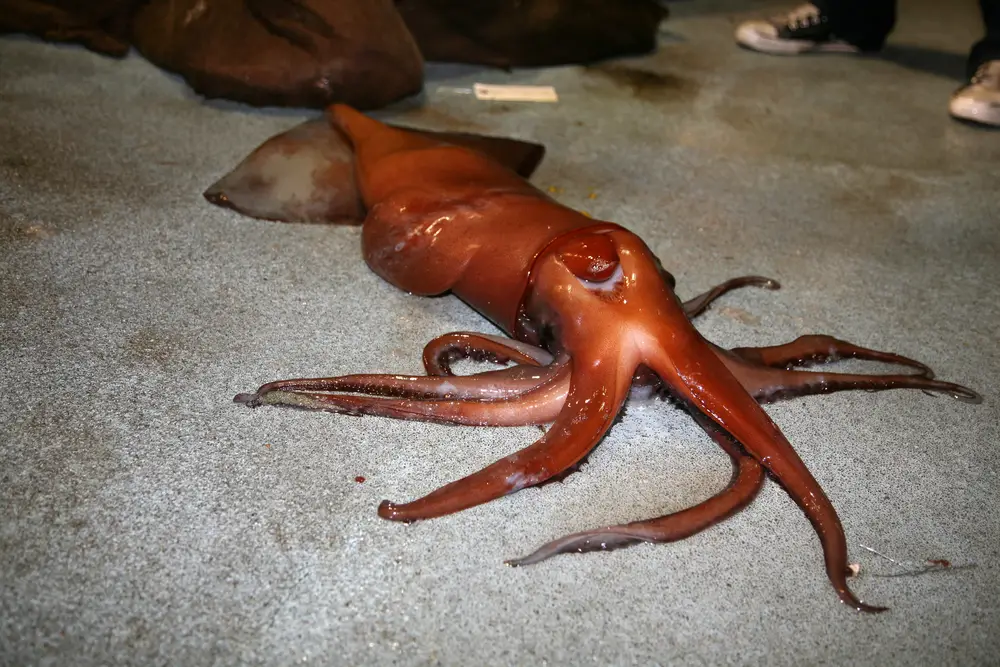
The Humboldt squid, or “red devil” as it’s often called, is a creature that sends shivers down the spine of even seasoned marine biologists. This aggressive squid can grow up to 7 feet long and travel in shoals of over a thousand, using bioluminescent communication that’s as eerie as it is fascinating. Known for their sharp beaks and a propensity for cannibalism, these creatures can be a diver’s nightmare. When threatened, they can change color rapidly, turning a blood-red hue that’s both a warning and a mesmerizing spectacle.
A study in Nature Communications highlights the squid’s role in oceanic ecosystems and its adaptability in changing climates. Its aggressive behavior and rapid reproductive cycles make it a challenging subject for researchers. For many scientists, the Humboldt squid is a reminder of the ocean’s unpredictability and the delicate balance within marine environments. While they’re not the most well-known ocean predator, their fearsome reputation among those who study them is well-earned.
4. Saltwater Crocodile
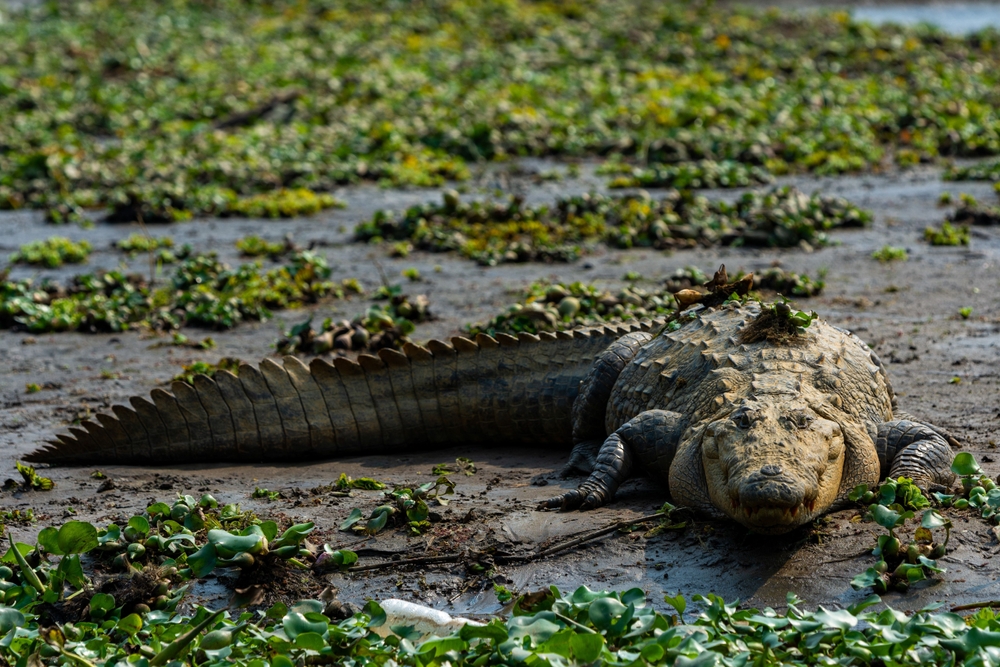
When it comes to sheer brute force, the saltwater crocodile is practically unparalleled. As the largest living reptile, they can grow over 20 feet long and weigh upwards of 2,000 pounds, making them a terrifying presence in the water. Known for their ambush hunting tactics, they can lurk beneath the surface, waiting for the perfect moment to strike. While often associated with rivers and estuaries, these crocodiles are also adept ocean travelers, capable of long-distance journeys across open water.
Their stealth and power make them formidable hunters, feared by humans and animals alike. They have the strongest bite of any living creature, a fact that underscores their predatory prowess. Yet, like many top predators, their existence is crucial for the environments they inhabit. By controlling populations of certain prey species, they help maintain ecological balance, even if their presence makes swimming in certain waters a daunting prospect.
5. Barracuda
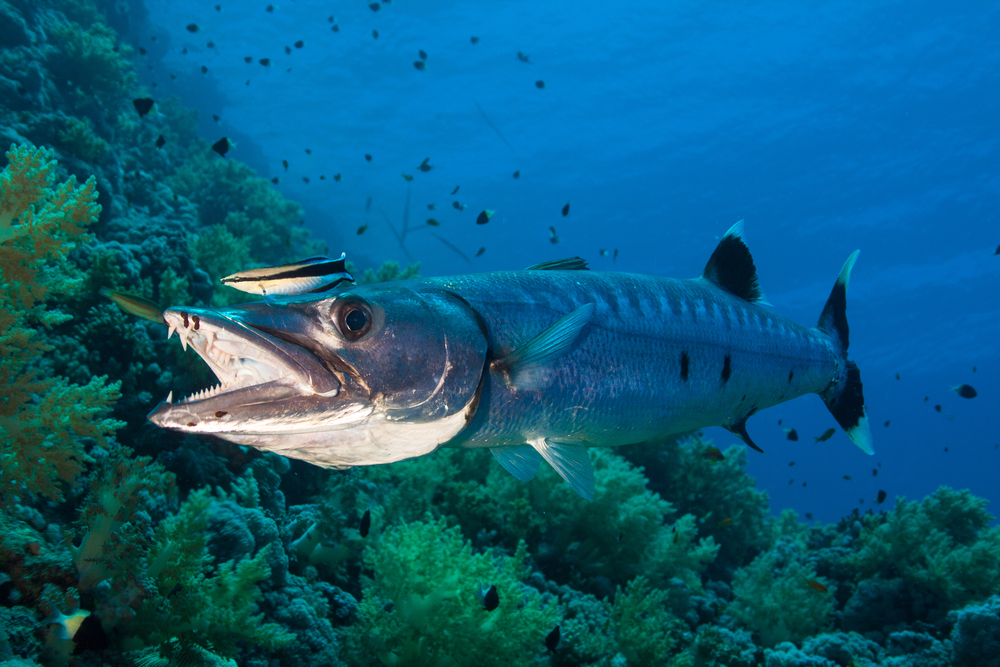
The barracuda is often overshadowed by larger predators, but its speed and agility make up for its relatively modest size. Capable of reaching speeds up to 27 miles per hour, barracudas are swift, precise hunters, feared for their opportunistic feeding habits. Those who have encountered a barracuda underwater often describe it as a flash of silver and a mouth full of knife-like teeth. Their presence can be unnerving, especially when they follow divers out of curiosity, their keen eyes reflecting the light.
Researchers at the University of Florida have studied the ecological role of barracudas, finding that they are critical for controlling fish populations in reef ecosystems. Their predatory nature helps maintain species diversity, which is vital for healthy coral reefs. Despite their fearsome appearance, barracudas are less of a threat to humans than their reputation suggests. Still, their sudden, lightning-fast movements and formidable teeth ensure they remain one of the ocean’s more intimidating hunters.
6. Giant Pacific Octopus
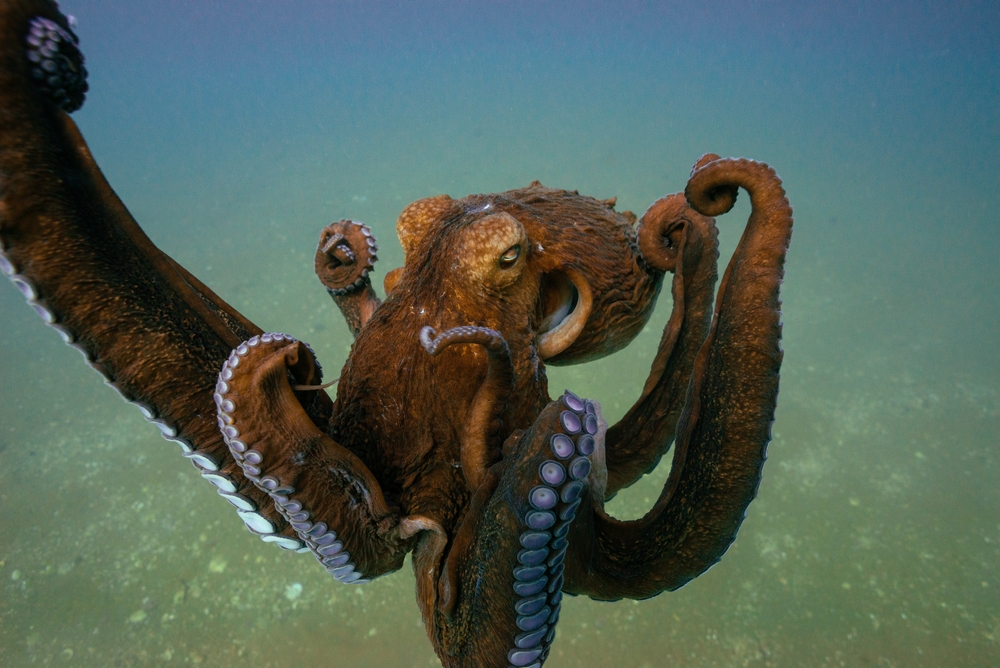
With its sprawling arms and uncanny intelligence, the giant Pacific octopus is a master of disguise and evasion. Known for their problem-solving abilities and capacity to escape enclosures, these cephalopods have intrigued scientists for decades. They can change color and texture, blending seamlessly into their surroundings to both hunt and hide. Despite their elusive nature, they play a significant role in the marine food web, preying on a variety of species.
Their intelligence is both fascinating and slightly unnerving, with researchers documenting instances of octopuses opening jars to reach food and even using tools. These behaviors speak to a level of cognition that challenges our understanding of marine life. While they are not aggressive towards humans, encountering one in the wild, with its probing tentacles and searching eyes, can feel like a brush with an alien intelligence. For scientists, they represent the ocean’s depth of mystery and the never-ending quest to understand its inhabitants.
7. Blue-Ringed Octopus
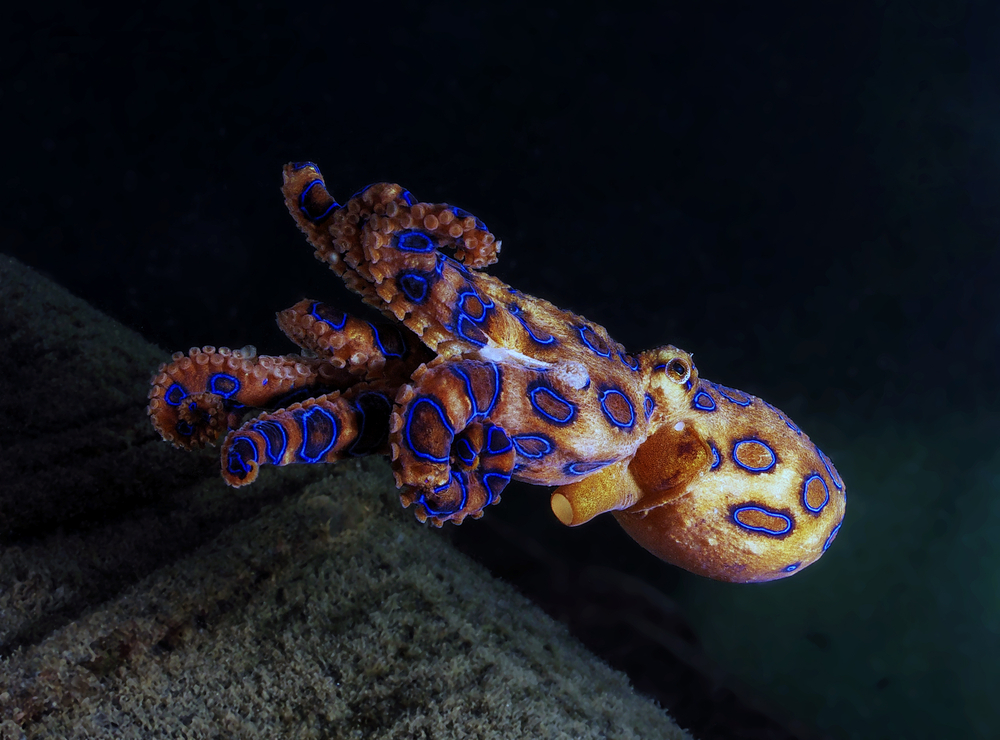
Small but incredibly potent, the blue-ringed octopus is a creature that commands respect and caution. Despite its small size—usually no larger than your hand—it carries enough venom to kill 26 adult humans within minutes. Its vibrant blue rings serve as a warning to potential threats, flashing with alarming brightness when the octopus feels threatened. For those who come too close, this tiny creature’s bite can be a deadly reminder of the ocean’s perils.
According to research published in the Journal of Toxicology, the venom of the blue-ringed octopus is a potent cocktail of neurotoxins, including tetrodotoxin, one of the most powerful toxins found in nature. This makes the octopus both a subject of fascination and caution among scientists. Studying its venom could lead to medical breakthroughs, yet handling one is not for the faint of heart. In their vibrant, deadly beauty, they encapsulate the ocean’s paradoxical blend of allure and danger.
8. Sperm Whale
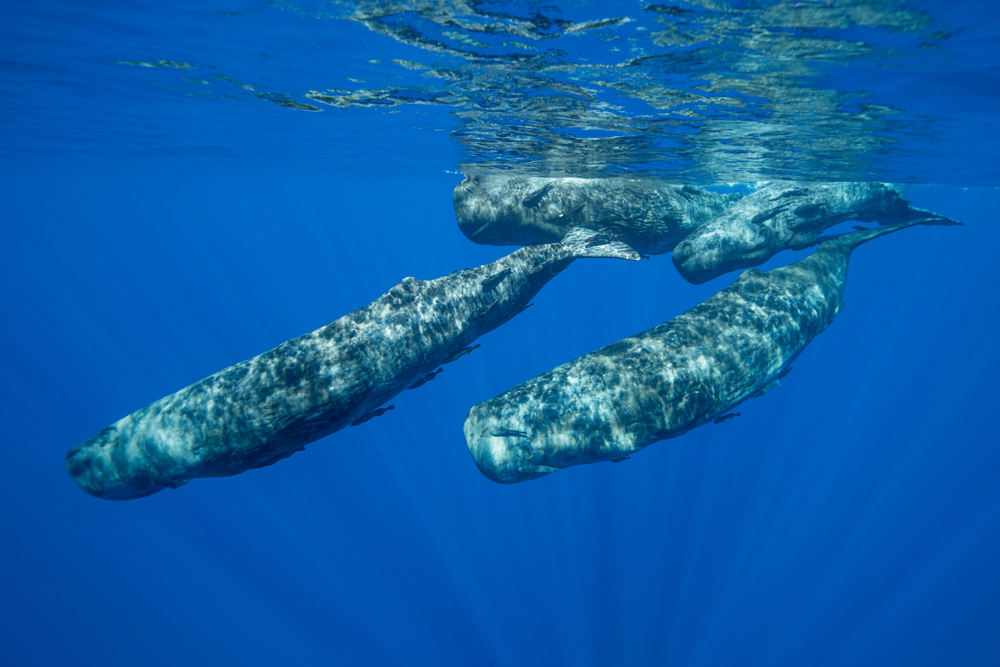
As the largest toothed predator in the world, the sperm whale is an ocean giant that inspires awe and a hint of trepidation. Known for its deep diving capabilities, it can descend over 7,000 feet in search of giant squid. These battles in the deep leave scars on the whales, a testament to their encounters with some of the ocean’s most formidable creatures. While they’re not a threat to humans, the sheer size and power of a surfacing sperm whale is a humbling sight.
Their complex social structures and communication methods, involving sophisticated clicks and calls, have fascinated scientists for years. Sperm whales also play a crucial role in ocean ecosystems, contributing to nutrient cycles that support marine life. Despite their peaceful nature toward humans, their predatory prowess beneath the waves is undeniable. As they glide through the ocean’s depths, they remind us of the vast, mysterious world that lies beneath the surface.
9. Tiger Shark
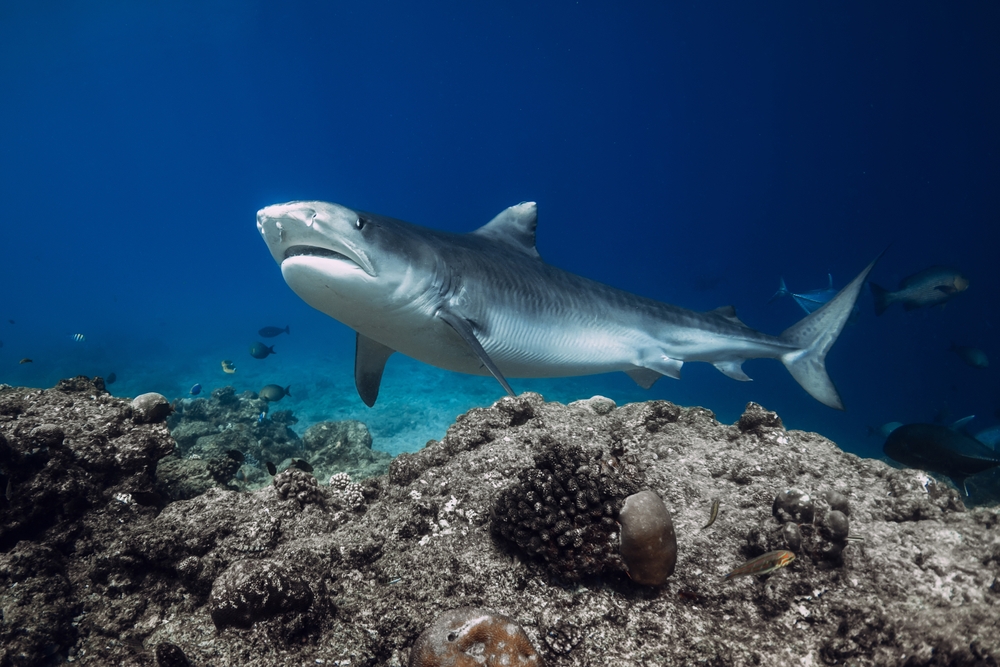
The tiger shark is often called the “garbage can of the sea,” a testament to its indiscriminate appetite and fearsome reputation. Known for its distinctive vertical stripes and aggressive nature, it can grow up to 16 feet, making it one of the largest shark species. Found in tropical and temperate waters, tiger sharks have been known to eat anything from fish and seals to license plates and tires. Their powerful jaws and keen sense of smell make them formidable hunters, feared by marine animals and humans alike.
Despite their fearsome reputation, tiger sharks play a vital role in maintaining the health of marine ecosystems. By preying on sick and weak animals, they help keep prey populations healthy and in balance. Researchers are working to understand these complex apex predators better, studying their migratory patterns and behavior. While encounters with tiger sharks can be intimidating, they are a testament to the raw, untamed power of the ocean.
10. Moray Eel
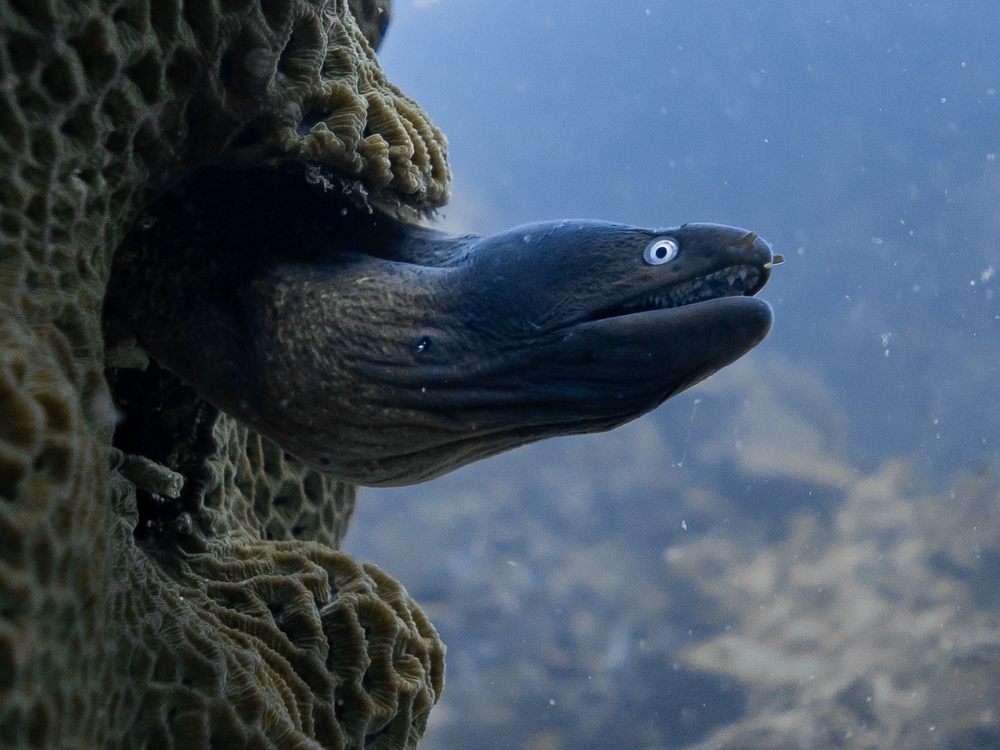
With their elongated bodies and fearsome teeth, moray eels are often the villains of coral reefs. These stealthy predators hide in crevices, waiting to ambush unsuspecting prey with lightning-fast strikes. Their strong jaws and sharp teeth allow them to grip and swallow prey whole, a spectacle both fascinating and frightening to witness. Despite their intimidating appearance, morays are relatively shy and pose little threat to humans unless provoked.
Moray eels have a symbiotic relationship with cleaner fish, showcasing a surprising degree of social interaction. This partnership not only helps keep the eels healthy but also highlights the intricate balance of coral reef ecosystems. While their appearance might send a shiver down your spine, morays are an essential part of the underwater world. For those brave enough to observe them up close, they offer a glimpse into the complex and interdependent nature of marine life.
11. Portuguese Man O’ War
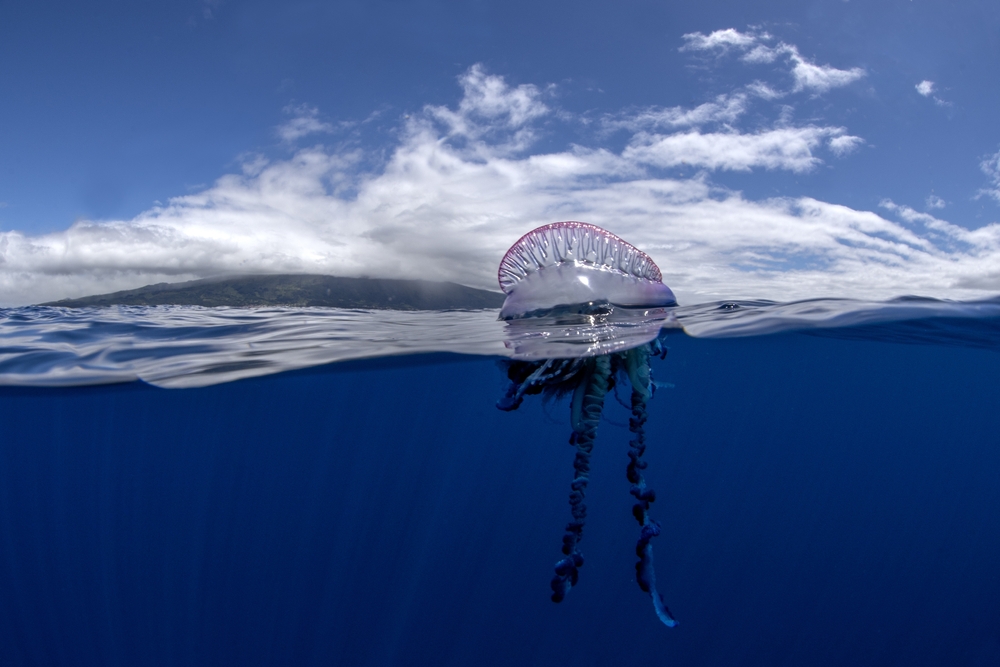
Though it looks like a simple jellyfish, the Portuguese man o’ war is actually a colonial organism made up of specialized polyps working together. Its tentacles can reach lengths of up to 165 feet, delivering painful, venomous stings that can paralyze fish and cause excruciating pain to humans. Floating on the ocean surface, it resembles a beautiful, iridescent balloon—a facade that hides its deadly nature. For swimmers and divers, encountering a man o’ war can quickly turn a peaceful day at sea into a painful ordeal.
Despite their danger, these creatures play a role in the ocean’s food web, providing sustenance for certain fish and sea turtles that can withstand their venom. Their presence in the water is a reminder of the ocean’s dual nature: stunningly beautiful yet inherently perilous. For scientists, studying the Portuguese man o’ war offers insights into the survival strategies of colonial organisms. While they captivate with their beauty, a healthy respect for their stinging capabilities is well-advised.
12. Electric Eel
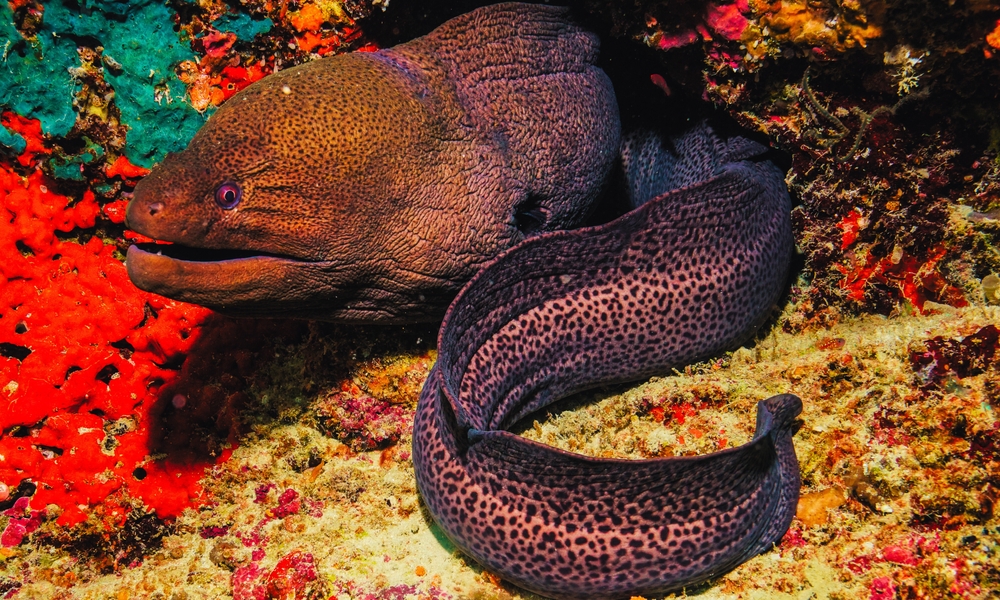
Although not a true eel, the electric eel is a creature of mythic proportions, capable of generating up to 600 volts of electricity. Found in the murky waters of the Amazon and Orinoco rivers, it uses its electric charges to stun prey and deter predators. Watching one in action is like witnessing a natural marvel, as it lights up the water in a breathtaking display of raw power. While they’re fascinating, an encounter with an electric eel’s shock is something you’d likely prefer to avoid.
Beyond their shocking capabilities, electric eels are air-breathers, requiring them to surface regularly. This unique adaptation allows them to thrive in oxygen-poor environments, showcasing nature’s ingenuity. For researchers, studying electric eels provides insights into bioelectricity and potential biomedical applications. Though not an ocean dweller, their fearsome reputation earns them a spot among the water’s most electrifying—and electrifyingly dangerous—predators.
13. Lionfish
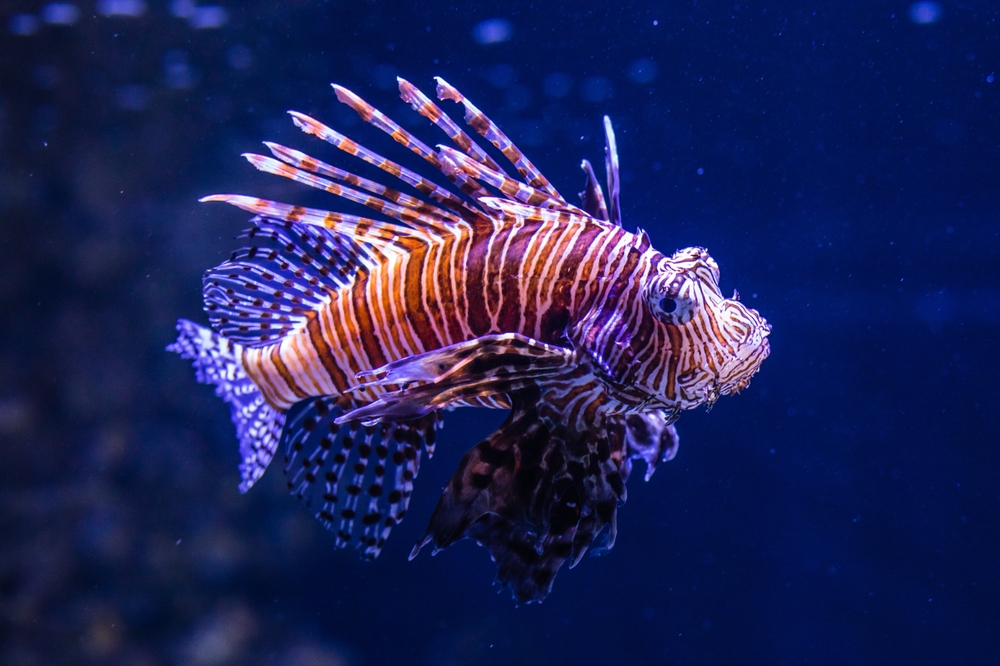
With its striking appearance and venomous spines, the lionfish is a predator that commands attention and caution. Native to the Indo-Pacific but now invasive in the Atlantic, lionfish have disrupted local ecosystems with their voracious appetites. Their beauty is captivating, but those ornate spines deliver a painful venom that can cause extreme discomfort for those unlucky enough to be stung. For divers, spotting a lionfish can be a highlight, provided they admire it from a safe distance.
Ecologically, lionfish are a cautionary tale of invasive species, as their presence threatens native marine life and habitats. Efforts to control their populations have led to innovative solutions, including lionfish hunting competitions and culinary promotions. Scientists are racing to understand the full impact of this invasive predator on ecosystems and how best to mitigate it. While they’re a marvel to behold, their rapid spread is a reminder of the delicate balance within ocean environments.
